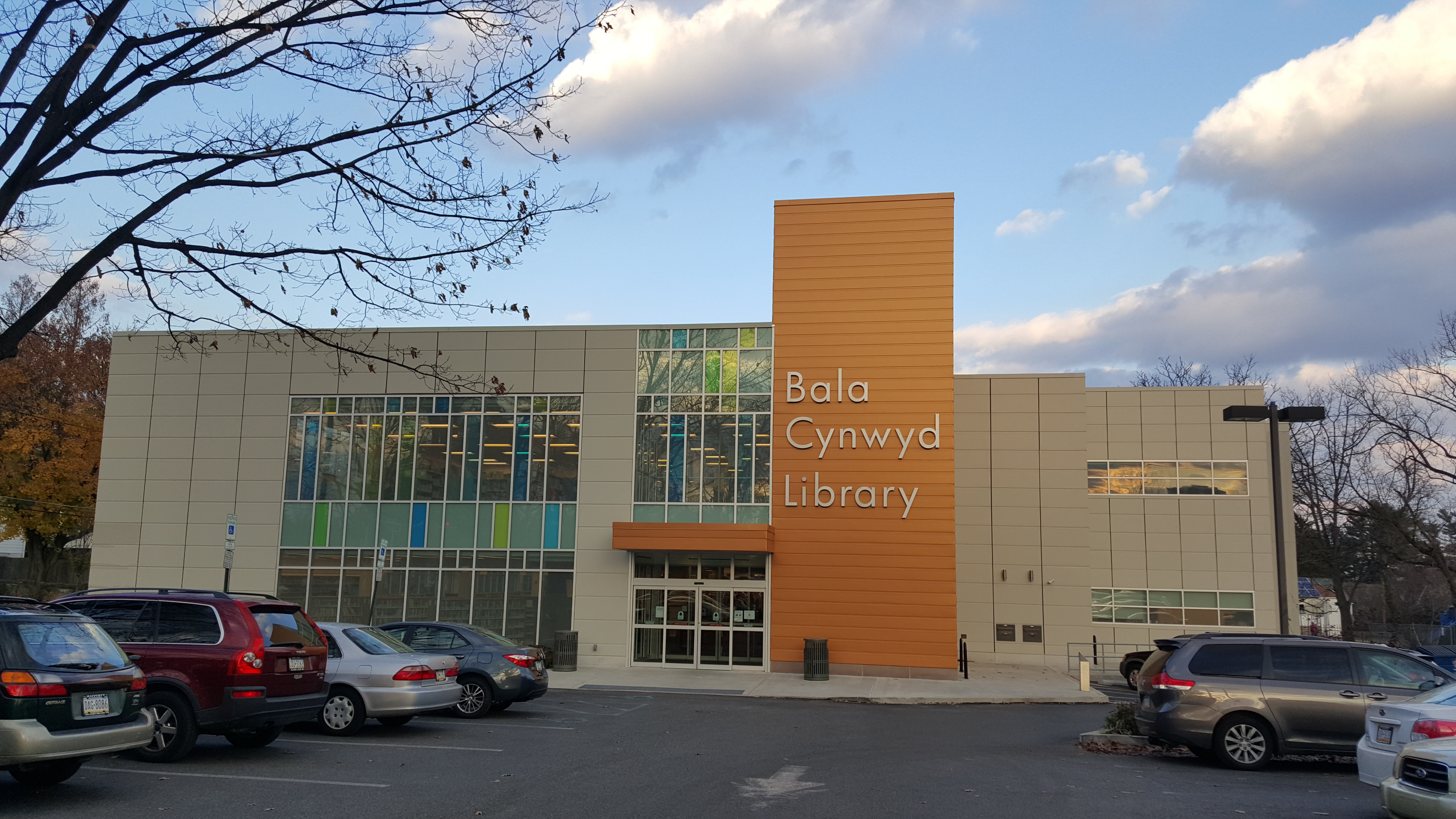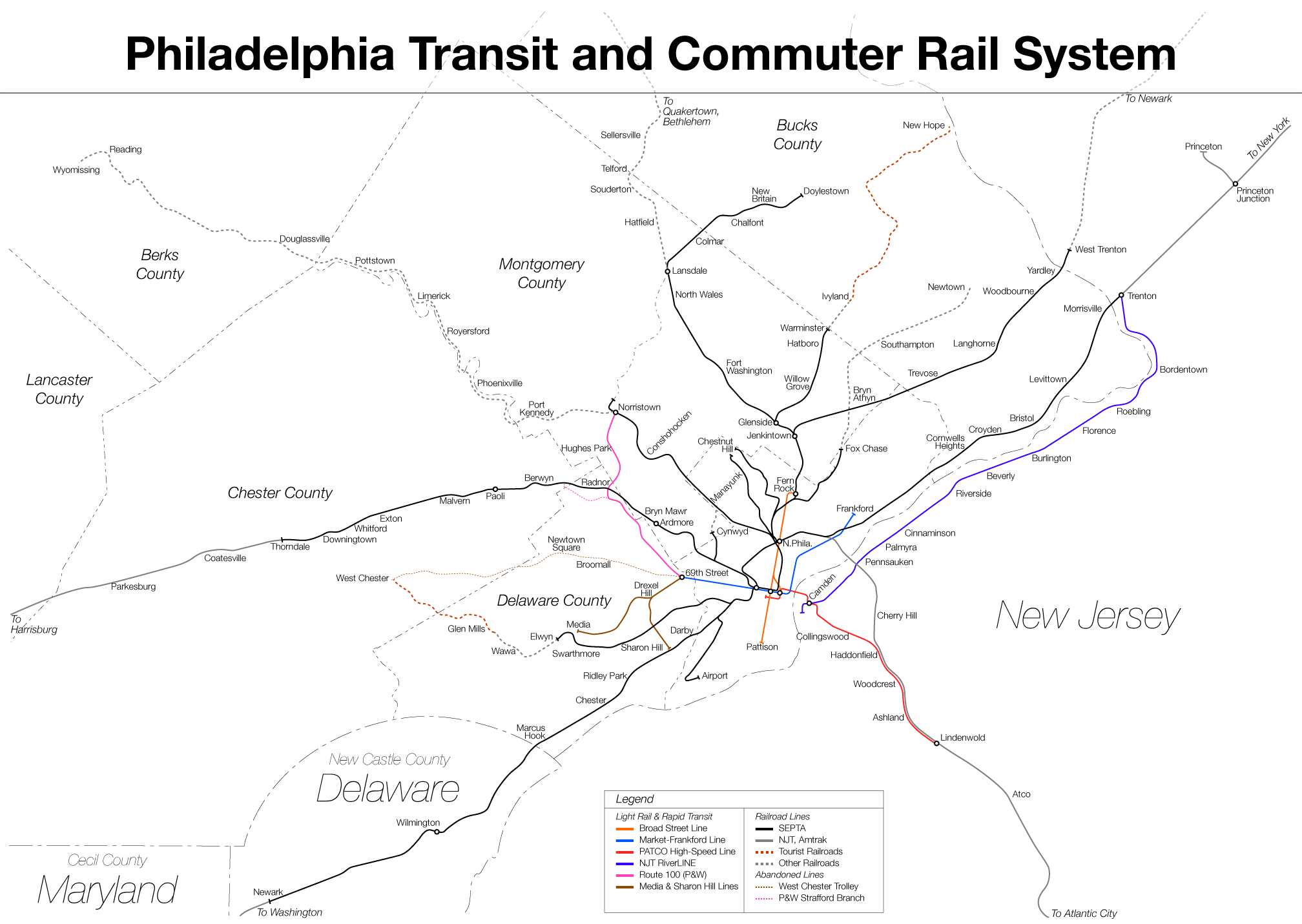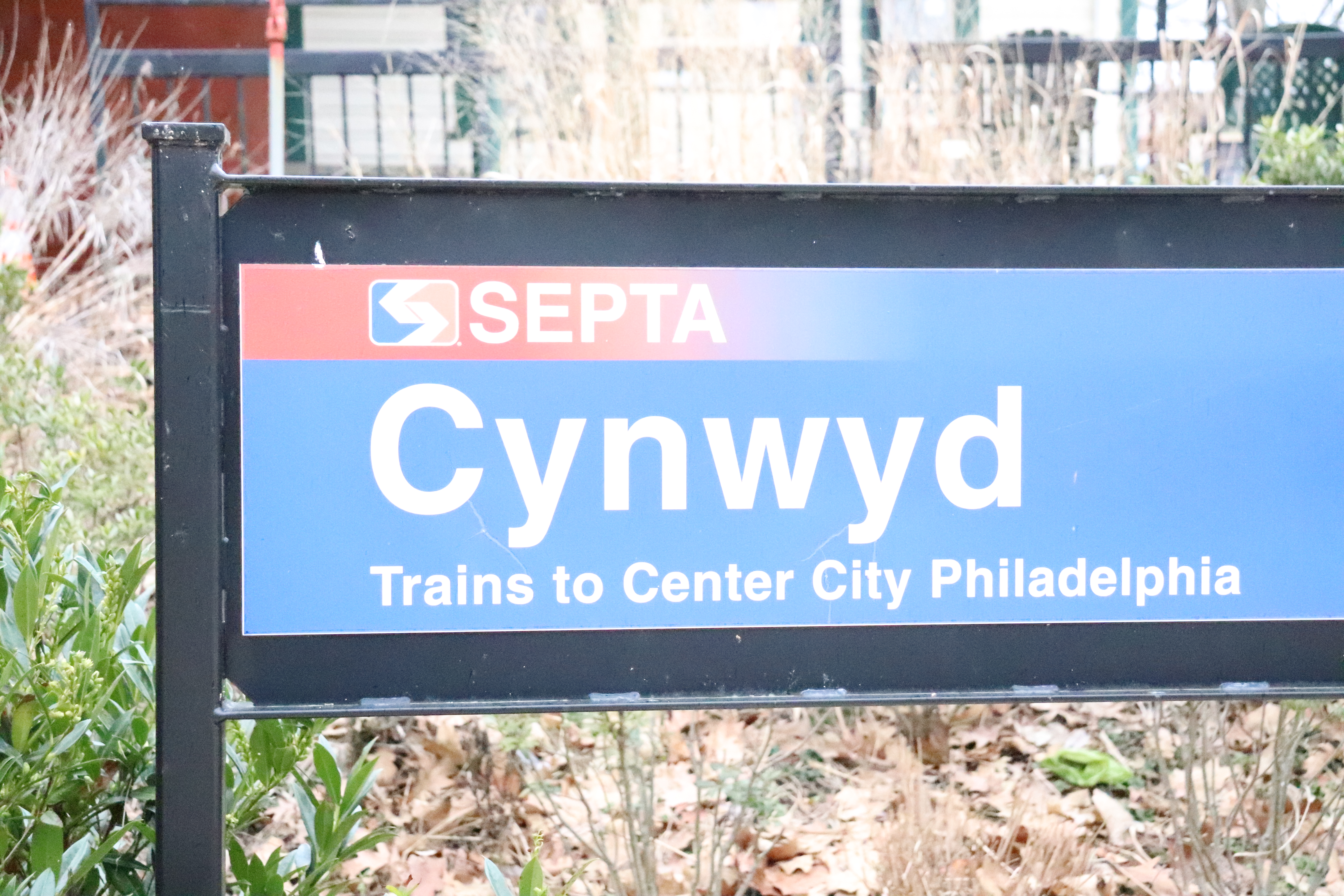|
Bala (SEPTA Station)
Bala station is a SEPTA Regional Rail station in Bala Cynwyd, Pennsylvania. Located near the intersection of Bala Avenue and City Avenue (US 1 U.S. Route 1 or U.S. Highway 1 (US 1) is a major north–south United States Numbered Highway that serves the East Coast of the United States. It runs from Key West, Florida, north to Fort Kent, Maine, at the Canadian border, making i ...), it serves the Cynwyd Line. The station includes a parking lot at the northwest corner of the City Avenue bridge over the railroad tracks. References External links * City Avenue entrance from Google Maps Street View {{Authority control SEPTA Regional Rail stations Former Pennsylvania Railroad stations Lower Merion Township, Pennsylvania Railway stations in Montgomery County, Pennsylvania ... [...More Info...] [...Related Items...] OR: [Wikipedia] [Google] [Baidu] |
Bala Cynwyd, Pennsylvania
Bala Cynwyd ( ) is a community in Lower Merion Township, Pennsylvania. It is located on the Philadelphia Main Line in Southeastern Pennsylvania, bordering the western edge of Philadelphia at U.S. Route 1 (City Avenue). It was originally two separate towns, Bala and Cynwyd, but is commonly treated as a single community. This came about when a single U.S. Post Office served both towns (the Bala Cynwyd branch) using ZIP Code 19004. The community was long known as hyphenated Bala-Cynwyd. Bala and Cynwyd are currently served by separate stations on SEPTA's Cynwyd Line of Regional Rail. Description Bala Cynwyd lies in the Welsh Tract of Pennsylvania and was settled in the 1680s by Welsh Quakers, who named it after the town of Bala and the village of Cynwyd in Wales. A mixed residential community made up predominantly of single-family detached homes, it extends west of the Philadelphia city limits represented by City Avenue from Old Lancaster Road at 54th Street west to Meeting House ... [...More Info...] [...Related Items...] OR: [Wikipedia] [Google] [Baidu] |
SEPTA
The Southeastern Pennsylvania Transportation Authority (SEPTA) is a regional public transportation authority that operates bus, rapid transit, commuter rail, light rail, and electric trolleybus services for nearly 4 million people in five counties in and around Philadelphia, Pennsylvania. It also manages projects that maintain, replace and expand its infrastructure, facilities and vehicles. SEPTA is the major transit provider for Philadelphia and the counties of Delaware, Montgomery, Bucks, and Chester. It is a state-created authority, with the majority of its board appointed by the five Pennsylvania counties it serves. While several SEPTA commuter rail lines terminate in the nearby states of Delaware and New Jersey, additional service to Philadelphia from those states is provided by other agencies: the PATCO Speedline from Camden County, New Jersey is run by the Delaware River Port Authority, a bi-state agency; NJ Transit operates many bus lines and a commuter rail line to ... [...More Info...] [...Related Items...] OR: [Wikipedia] [Google] [Baidu] |
Side Platform
A side platform (also known as a marginal platform or a single-face platform) is a platform positioned to the side of one or more railway tracks or guideways at a railway station, tram stop, or transitway. A station having dual side platforms, one for each direction of travel, is the basic design used for double-track railway lines (as opposed to, for instance, the island platform where a single platform lies between the tracks). Side platforms may result in a wider overall footprint for the station compared with an island platform where a single width of platform can be shared by riders using either track. In some stations, the two side platforms are connected by a footbridge running above and over the tracks. While a pair of side platforms is often provided on a dual-track line, a single side platform is usually sufficient for a single-track line. Layout Where the station is close to a level crossing (grade crossing) the platforms may either be on the same side of the cross ... [...More Info...] [...Related Items...] OR: [Wikipedia] [Google] [Baidu] |
SEPTA City Bus
The City Transit Division of the Southeastern Pennsylvania Transportation Authority (SEPTA) operate almost all of Philadelphia's public transit, including all six trolley, three trackless trolley, and 70 bus lines within city limits. Some of the bordering municipalities are served by the City Transit division, despite not being part of the city. For example, Cheltenham Township has 13 city division routes and no Suburban Division ones. The City Transit division also operates the 400 Series routes which are designed to serve students attending schools in the city of Philadelphia. The City Transit Division is broken down into seven districts (Allegheny, Callowhill, Comly, Elmwood, Frankford, Midvale, and Southern) and Contract Operations. __TOC__ History Transit in Philadelphia began with multiple independent horse car, cable, and traction companies, including the privately established entities: Philadelphia Passenger Railway Company, the Thirteenth & Fifteenth Street Passeng ... [...More Info...] [...Related Items...] OR: [Wikipedia] [Google] [Baidu] |
SEPTA Regional Rail
The SEPTA Regional Rail system is a commuter rail network owned by the Southeastern Pennsylvania Transportation Authority and serving the Philadelphia Metropolitan area. The system has 13 branches and more than 150 active stations in Philadelphia, Pennsylvania, its suburbs and satellite towns and cities. It is the fifth-busiest commuter railroad in the United States, and the busiest outside of the New York and Chicago metropolitan areas. In 2016, the Regional Rail system had an average of 132,000 daily riders and 118,800 daily riders (As of 2019). The core of the Regional Rail system is the Center City Commuter Connection, a tunnel linking three Center City stations: the above-ground upper level of 30th Street Station, the underground Suburban Station, and Jefferson Station (formerly Market East Station). All trains stop at these Center City stations; most also stop at Temple University station on the campus of Temple University in North Philadelphia. Operations are handle ... [...More Info...] [...Related Items...] OR: [Wikipedia] [Google] [Baidu] |
Cynwyd Line
The Cynwyd Line is a SEPTA Regional Rail line from Center City, Philadelphia, Center City Philadelphia to Cynwyd (SEPTA station), Cynwyd in Montgomery County, Pennsylvania, Montgomery County, Pennsylvania. Originally known as the Ivy Ridge Line, service was truncated on May 17, 1986, at its current terminus at Cynwyd (SEPTA station), Cynwyd. Track between Cynwyd and Ivy Ridge (SEPTA station), Ivy Ridge was dismantled between 2008 and 2010 for conversion as an interim rail trail, preventing service restoration for the foreseeable future. The Cynwyd Line is the shortest of the SEPTA regional rail lines, and is the second-shortest regional rail line in the United States after New Jersey Transit, New Jersey Transit's Princeton Branch. It is by far the least ridden SEPTA Regional Rail Line. It is fully Grade separation, grade-separated. Route The Cynwyd Line runs from Suburban Station to the 52nd Street Junction, where it diverges from Amtrak's Philadelphia to Harrisburg Main Line, ... [...More Info...] [...Related Items...] OR: [Wikipedia] [Google] [Baidu] |
SEPTA Regional Rail Stations
SEPTA Regional Rail is the commuter rail system serving Philadelphia, Pennsylvania and its metropolitan region, also known as the Delaware Valley. The system is operated by the Southeastern Pennsylvania Transportation Authority (SEPTA) and serves five counties in Pennsylvania— Bucks, Delaware, Montgomery, Chester, and Philadelphia—as well as Mercer County in New Jersey and New Castle County in Delaware. The system covers a total route length of , of which are owned by SEPTA, with the remainder owned by Amtrak, CSX Transportation, and the City of Philadelphia. In the 2019 fiscal year, SEPTA Regional Rail had an annual ridership of 34.2 million, with an average weekday ridership of 118,800. There are 13 lines within the Regional Rail system, with 155 active stations. Six fare zones in the system determine the ticket price, based on the distance traveled. Fare zones are designated as Zones 1 through 4 based on the station's distance from Center City Philadelphia ... [...More Info...] [...Related Items...] OR: [Wikipedia] [Google] [Baidu] |
Former Pennsylvania Railroad Stations
A former is an object, such as a template, gauge or cutting die, which is used to form something such as a boat's hull. Typically, a former gives shape to a structure that may have complex curvature. A former may become an integral part of the finished structure, as in an aircraft fuselage, or it may be removable, being using in the construction process and then discarded or re-used. Aircraft formers Formers are used in the construction of aircraft fuselage, of which a typical fuselage has a series from the nose to the empennage, typically perpendicular to the longitudinal axis of the aircraft. The primary purpose of formers is to establish the shape of the fuselage and reduce the column length of stringers to prevent instability. Formers are typically attached to longerons, which support the skin of the aircraft. The "former-and-longeron" technique (also called stations and stringers) was adopted from boat construction, and was typical of light aircraft built until the ... [...More Info...] [...Related Items...] OR: [Wikipedia] [Google] [Baidu] |
Lower Merion Township, Pennsylvania
Lower Merion Township is a township in Montgomery County, Pennsylvania. It is part of the Philadelphia Main Line. The township's name originates with the county of Merioneth in north Wales. Merioneth is an English-language transcription of the Welsh ''Meirionnydd''. Lower Merion is one of the major inner ring suburbs of Philadelphia, along with Upper Darby, Haverford, and Cheltenham. With a population of 63,633, Lower Merion Township is the ninth most populous city, town or borough in Pennsylvania as of the 2020 U.S. census. Lower Merion Township is located south of Allentown, Pennsylvania's third largest city, and northwest of Philadelphia, the state's largest city. History Lower Merion Township was first settled in 1682 by Welsh Quakers, who were granted a tract of land, the Welsh Tract, by William Penn. In 1713, Lower Merion was established as an independent Township with about 52 landholders and tenants. In 1900, the Township was incorporated as a Township of the ... [...More Info...] [...Related Items...] OR: [Wikipedia] [Google] [Baidu] |





